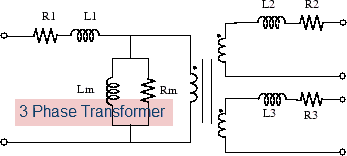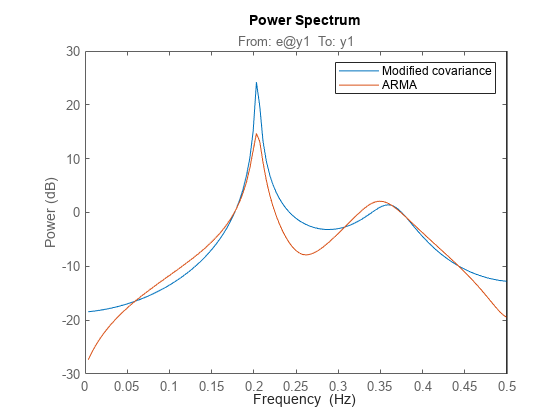时间序列分析
通过识别线性和非线性模型(如 AR、ARMA、状态空间和灰盒模型)、执行频谱分析和预测模型输出来分析时间序列数据
时间序列是包含一个或多个测量输出通道但不包含测量输入的数据。时间序列模型,也称为信号模型,是一种被辨识为拟合给定信号或时间序列数据的动态系统。时间序列可以是多元的,这导致了多元模型的产生。您可以在系统辨识或命令行中辨识时间序列模型。System Identification Toolbox™ 可用于创建和估计四种一般类型的时间序列模型。
线性参数化模型 - 估计自回归模型和状态空间模型等结构中的参数。
频率响应模型 - 使用频谱分析估计频谱模型。
非线性 ARX 模型 - 估计非线性 ARX 结构中的参数。
灰盒模型 - 估计表示系统动态特性的常微分方程或差分方程的系数。
参数化时间序列模型辨识需要均匀采样的时域数据,但 ARX 模型除外,该模型可以处理频域信号。频谱分析算法支持时域和频域数据。您的数据可以有一个或多个输出通道,但不能有输入通道。有关时间序列模型的详细信息,请参阅What Are Time Series Models?
您可以使用辨识模型在命令行、App 或 Simulink® 中预测模型输出。在命令行中,您还可以预测超出测量数据时间范围的模型输出。
函数
主题
关于时间序列模型
- What Are Time Series Models?
A time series model, also called a signal model, is a dynamic system that is identified to fit data that includes only output channels and no input channels. - 分析时间序列模型
了解如何分析时间序列模型。
估计模型
- Identify Time Series Models at the Command Line
Simulate a time series and use parametric and nonparametric methods to estimate and compare time-series models. - Estimate AR and ARMA Models
Estimate polynomial AR and ARMA models for time series data at the command line and in the app. - 估计 ARIMA 模型
估计自回归综合移动平均 (ARIMA) 模型。 - Estimate State-Space Time Series Models
Estimate state-space models for time series data at the command line. - Estimate Time-Series Power Spectra
Estimate power spectra for time series data at the command line and in the app. - Estimate Coefficients of ODEs to Fit Given Solution
Estimate model parameters using linear and nonlinear grey-box modeling.
预测模型输出
- Forecast Output of Dynamic System
Workflow for forecasting time series data and input-output data using linear and nonlinear models. - Time Series Prediction and Forecasting for Prognosis
Create a time series model and use the model for prediction, forecasting, and state estimation. - Introduction to Forecasting of Dynamic System Response
Understand the concept of forecasting data using linear and nonlinear models.



